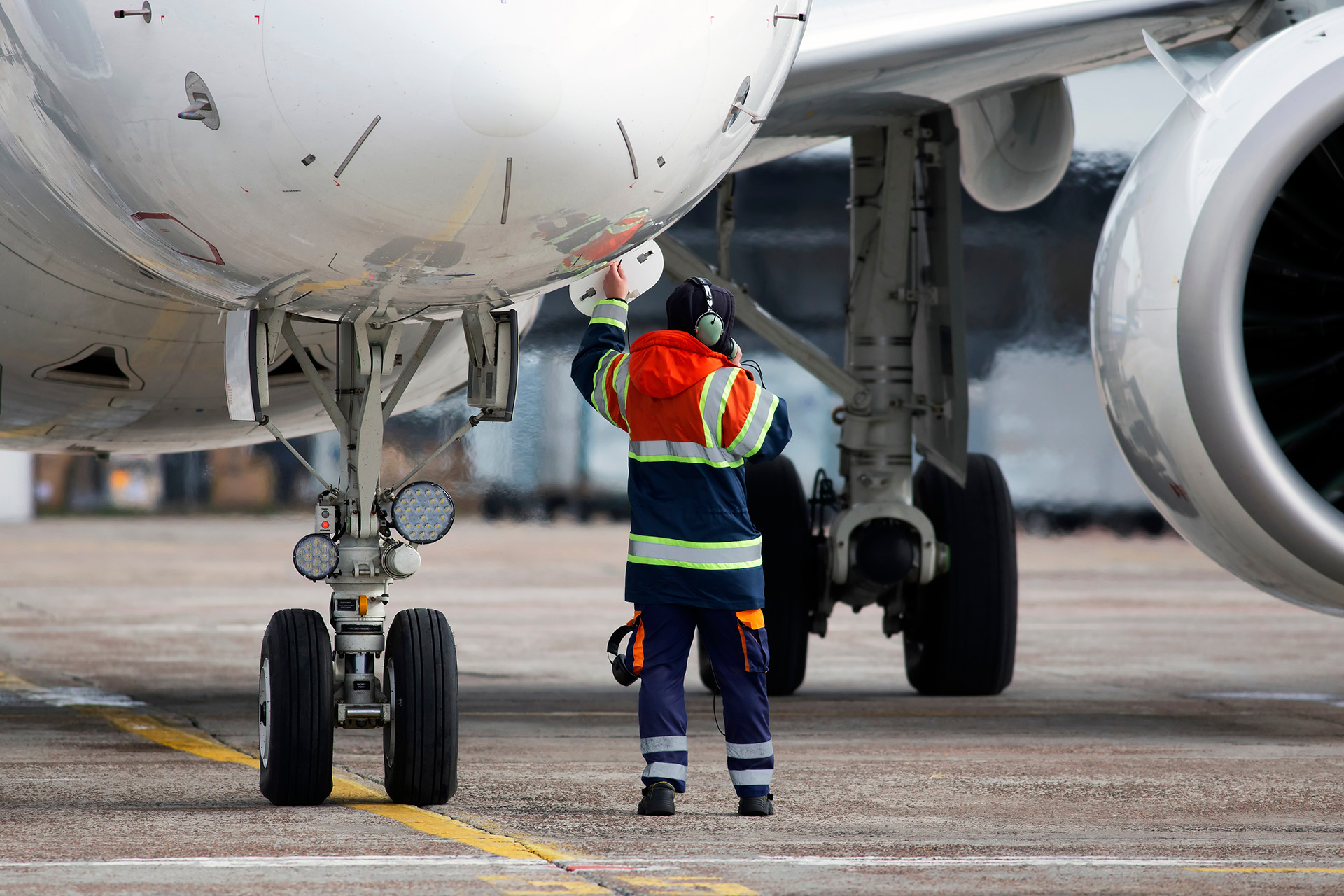Adopting the bowtie methodology does not mean re-inventing Safety Management Systems (SMS); it is simply a tool that can be used to satisfy certain SMS goals in an appropriate, efficient and consistent way.
The two main deliverables of the bowtie methodology are risk assessment and risk communication but it can also be applied to benefit other aspects of the SMS.
Safety policy and objectives
Safety accountabilities
Clearly define, communicate and document tiers of safety accountability throughout the organisation by linking accountable post holders to controls.
Safety risk management
Risk assessment and mitigation
- Provide a proven, logical structure to qualitative risk assessment.
- Demonstrate that you are managing risk to an acceptable level such as the ALARP principles which the CAA practices.
- Provide senior management with an overview of the risk landscape to facilitate improved risk management practices.
Safety assurance
Safety performance monitoring, measurement and review
- Verify the safety performance of the organisation by validating the effectiveness of safety risk controls: link safety intelligence strategies to the bowties
(e.g. linking Safety Performance Indicators (SPIs) to controls and incorporating lessons learned from incidents and accidents). - Focus and target your oversight plan and activity based on the safety risk controls identified in bowties.
The management of change
Identify and manage how change may affect safety by reference to ‘before and after’ bowties landscape.
Safety promotion
Training and Education
Facilitate discussions and raise awareness with diagrams and various pictorial representation e.g. before beginning a particular type of operation or at scheduled training events.
Safety Communication
- Facilitate communication, collaboration and co-ordination both internally and with external stakeholders.
- Ensure understanding of safety responsibilities, convey safety critical information and explain safety actions relevance and procedures.
- Generate diagrams and/ or text-based reports based on the bowtie output.

